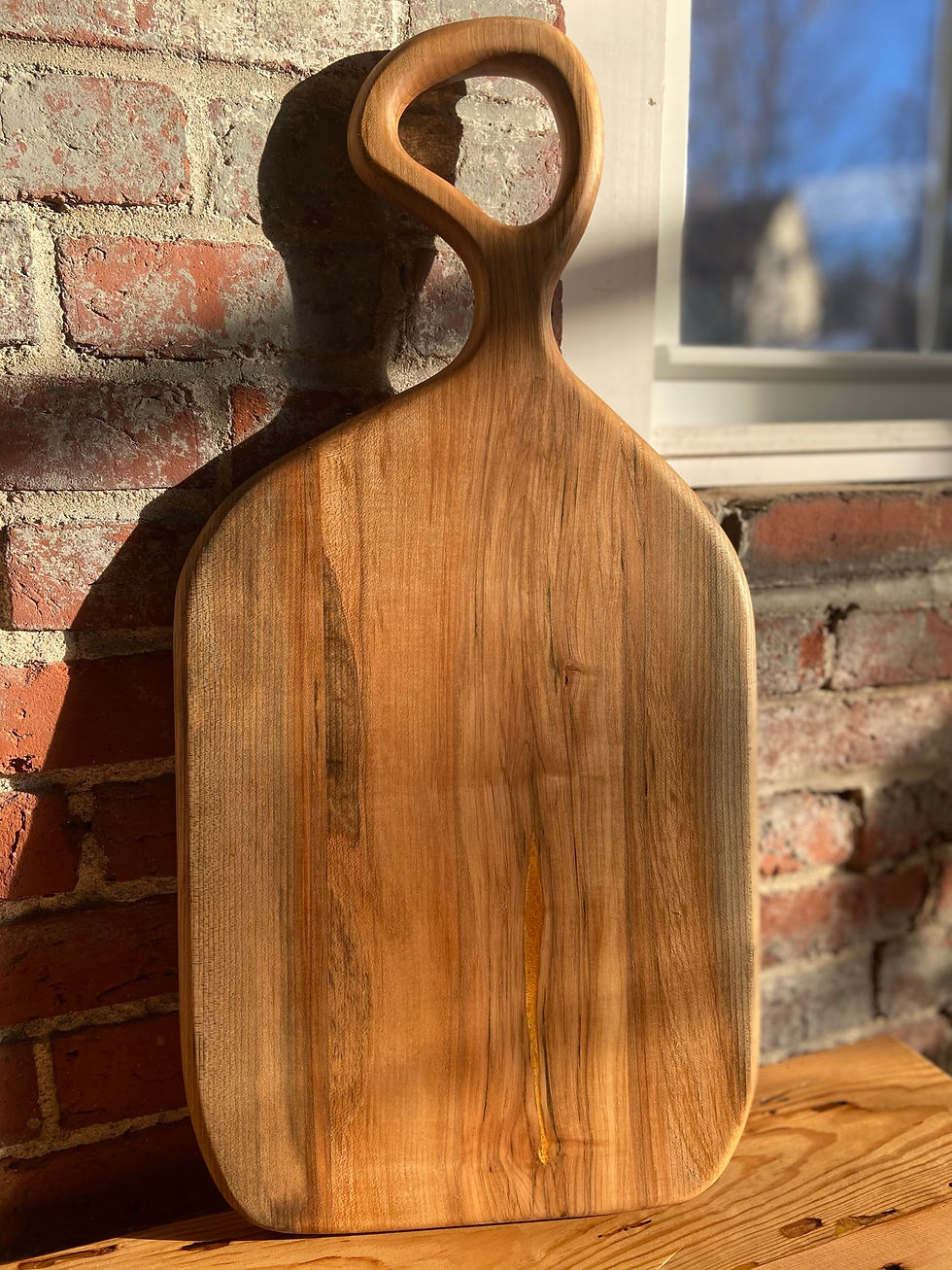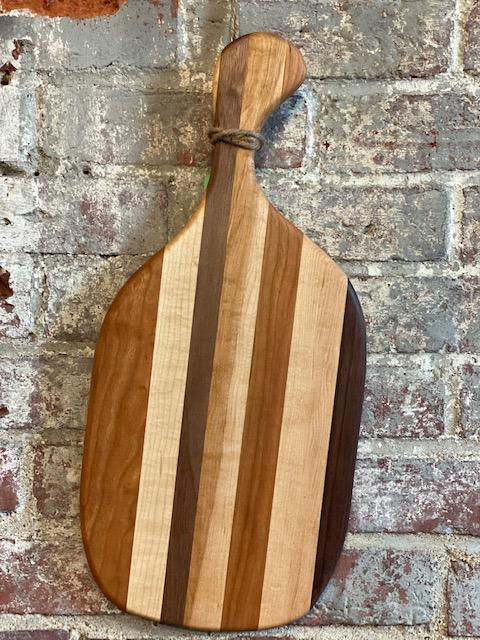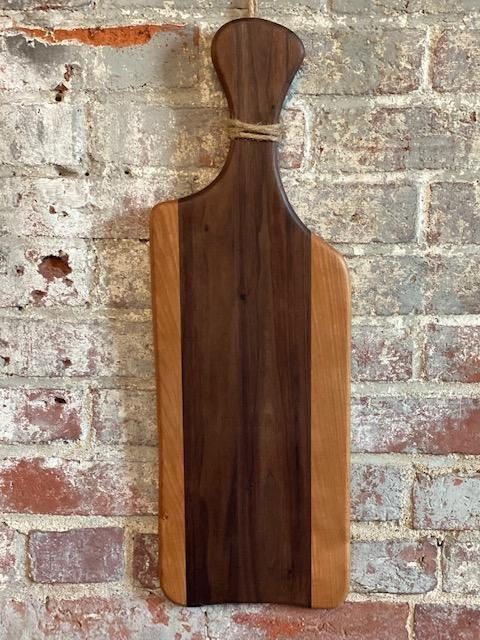
Board Care
Get the most out of the life of your board by understanding its optimal uses and how to properly care for it.
Caring for your Board
Proper care and routine maintenance can help ensure your board has a long and healthy life. Here are some tips and recommended products to help you get the most out of your cutting or charcuterie board.
Cleaning and washing
Wash your board with soap and warm water and scrub well. The volume of water and scrubbing is more important than soap in flushing bacteria and other food particles off the board. After washing the board, dry immediately with a towel and let it air dry standing up or on a raised rack with air flow.
DO NOT:
-
Put the board in the dishwasher. The heat and water will warp and splinter the wood. Only plastic, composite or glass boards can go into the dishwasher.
-
Dunk or let the board stand in water. The wood will absorb water and potentially warp.
-
Use bleach. This will stain the wood and/or excessively dry the wood.
-
Put a wet board flat to dry. If the board dries on one side, it will cause the wood to warp.
If your board has stains or smells, you can use lemon juice or white vinegar directly on the area. The acid in these liquids will neutralize the organic material or fats causing the problem.
Once your board is thoroughly dry, apply mineral oil directly onto the surface of the board. Be generous with the application, especially if the wood is dry. You want the surface to be dripping wet on all sides and I recommend using a small towel to spread the oil as using your hands may lead to accidental splinters. Most importantly, let the oil soak into the board for as long as possible; at least a few hours or overnight if possible.
Let your board sit on a wire rack or upright to dry when done. If you are restoring or seasoning an old or dry board you may wish to repeat this process two more times, to ensure your board is completely seasoned.
To apply board cream/wax, wait until the board is dry after washing or oiling, then apply a small amount of cream/wax onto the board. Using a soft cloth, buff the cream/wax into the wood in a circular pattern, forming a thin coat. Repeat over the entire surface of the board and especially the sides. It's not necessary to let the cream/wax soak into the board.
I recommended you oil your board every month or when dry to the touch. Board cream/wax should be applied after oiling.
Why Use Mineral Oil and Board Creams?
The goal of mineral oil is to penetrate the wood and saturate the wood fibers, in order to stop any other liquids (blood, bacteria) and moisture from soaking into the board. As well, a well-oiled board will keep the same shape when the wood fibers are saturated, so it will not expand and shrink compared to a board that is left to completely dry, then exposed to water. This shrinking and expanding effect is the main cause of warped boards.
While mineral oil penetrates the wood, board cream/wax acts as a physical barrier on the surface of the wood that protects against stains and liquids. The wax also aids in sanitation, as it fills and seals in knife scars and microscopic cracks where bacteria would otherwise gather.
Used in conjunction, mineral oil and cream/wax provide an effective combination of protective outer layer and sealed wood that is sanitary, easier to clean and won’t warp.
Recommended Products
Only the use of food grade substances for use on your board, as it will be in contact with food. These include:
-
Food grade mineral oil
-
Beeswax based creams
Please note that I do not recommend natural oils such as vegetable, corn, olive, peanut or walnut oil, as these are rich in fats that will eventually oxidize and go rancid, creating a foul smelling board. Also, never use standard mineral oil from a hardware store that is not rated as food safe, as that is meant for machine lubrication and not for contact with food.












